|
Middle schoolers have a unique outlook on the world. They are not quite adolescents, yet could not be mistaken for elementary kids either. Capturing their interest and truly engaging them in the learning process can be tricky at best. Sometimes, it seems near impossible. For example, a unique challenge of teaching in the desert of Southern California, is that whenever the weather changes - students inevitably go a little bit crazy. In the land of constant sunshine, a cloudy day, strong winds, or - most shockingly of all - some actual raindrops can bring instruction to a grinding halt. So, when it came time to teach poetry this year and we happened to be smack in the middle of a cloudy and rainy couple of days - I knew I needed to deliver an unforgettable exploration of poetry. Since songs are poetry set to music, I decided to tap into one of my favorites: Starting off by reading In the Ghetto was a good decision. About 80% of the students at my school site come from socio-economically disadvantaged families, and I seem to have a higher than average amount of students this year who are bussed in from a neighborhood known for its gang affiliations. The content of In the Ghetto surprised them - they are used to hearing Elvis' more lighthearted classics play over the loudspeaker at the local water park during the hot summer months. But they were entirely unfamiliar with this song, which quickly and understandably struck a chord. We read the lyrics using the Four Voices strategy. This consists of breaking text into meaningful chunks and color-coding it in four different colors. Each student in a group assumes a color to read and this aids in their overall comprehension of the poetry text. Afterward, I used In the Ghetto as a model text. On clean copies of the poem, we worked as a class to paraphrase each stanza and color-code literary devices. Discussions about tone and mood evolved naturally during the paraphrasing process, and I was delighted to see that engagement was through the roof thanks to the use of Today's Meet. When all was said and done, I played the song so students could hear it. They loved it! To repeat the process, while gradually releasing control until students could execute the read/paraphrase/analyze process on their own, I busted out some other major players in poetry and music. Whenever possible, I shared the songs or You Tube fan tributes in class after reading. (For example, there's a fantastic fan tribute for Annabel Lee on You Tube, which really helped cement understanding for my EL students.) 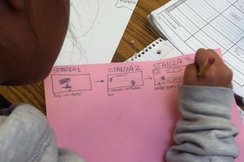 After our poetry exploration, which included a day of poetry-themed learning centers, I asked students to attempt to write their own poems individually. In groups, students selected their favorites and planned iMovies to illustrate their poems. Since students have previously engaged in digital storytelling, the storyboarding process was very successful at keeping groups on track and focused. The poems were read as voice-overs and some groups chose to add music, while others preferred to deliver their poems slam style. Here are a few of their finished poetry movies: So, what do you get when you combine Elvis, Poe, CCR, Seuss, Simon & Garfunkle, and Frost? Magic for sixth graders learning about poetry!
2 Comments
About a month ago, I launched a 20% Project with my students. It is no exaggeration when I say that it is by far one of the BEST things I have ever implemented with my students. I'm a big fan of project-based learning, inquiry in all subject areas, and relevance. When I moved down to California to teach eight years ago, a constructivist approach to teaching was so far out of the norm that I was shocked. Now, with the incoming Common Core, district and site administrators across the state are suddenly sanctioning concepts like PBL, deeper inquiry, and contextualized learning. Professionally, I definitely have no problem marching to the beat of my own drum, but thanks to my PLN on Twitter and a fantastic cohort of fellow iPad Jedi Masters over on AppsInClass, I've found that I have to march by myself less often. I was first introduced to the idea of 20% Projects through various tweets and blog posts. Also, I was incredibly inspired by this fantastic (and much lauded on Twitter) TED talk by Dan Pink: (Stick it out while watching; things get interestingly applicable to education around the 12 minute mark.) So, What is a 20% Project? In a nutshell, I've given my students the opportunity to reclaim 20% of the time they spend in my classroom and use it to learn about subjects they love - no connection to content required. Implementing a project like this is passion-based learning at its finest. Because students are able to pursue learning of their choice, they are 100% engaged, 100% of the time. In addition to being something that has captured their interest, launching this project has allowed me to better know my students. I've found out that they are interested in a wide variety of subjects, some of which I would not have expected 11 year olds to wonder or care about. Students are allowed to choose whether to work alone or collaboratively to produce evidence of their learning, though everyone must complete individual reflections along the way. The Endgame In the end, students will present on a topic of their choice and will showcase learning in a method of their choice. So far, some are planning iMovies, screencasts, or poster projects, while other students are leaning toward constructing models, song-writing, or recording a podcast. All of the projects will be shared on our classroom website and/or Vimeo Channel, so student work will have a wider audience. However, I suppose the real endgame - the one that counts most - is that students will become more well rounded and will have a chance to explore areas of personal interest. Logistics and Process Allowing students to choose what to learn, how to learn, and how to show their learning is powerful. It is also incredibly fun to facilitate as a teacher. I think that I look forward to 20% time just as much as my students do! There are definitely many different ways you can choose to implement a project. Here is how I have structured ours:
Use complete sentences and follow all of our writing norms: Here is a proposal I received from a student who responded to this Edmodo prompt...
Our Progress So Far Currently, my students are in the middle of the research process. Their excitement is palpable and the room feels energized even more than usual whenever 20% time rolls around. Students have greeted this opportunity with such enthusiasm that they are often clamoring for permission to work on 20% pursuits when they finish other work, and many have also chosen to investigate their topic at home. Recently, I was able to talk with parents during conferences and several of them came prepared with questions. It was as if they couldn't believe A) how excited their kids were and B) the fact that a teacher was actually allowing students to choose their own learning. All were supportive and very pleased with the level of student enthusiasm that has trickled over into the home environment. Where Can You Learn More? Consider listening to this week's Instructional Tech Talk podcast. John Stevens (@jstevens009) and I were lucky enough to be interviewed by Jeff Herb, who invited us to talk about the 20% projects we've implemented in our classrooms.  I also recommend that you take advantage of the Twitter folks who are well-versed in 20% Projects. Follow these fantastic educators: @jstevens009, @AppEducationFox, and @kls4711. |
Author: Jessica PackCalifornia Teacher of the Year. CUE Outstanding Educator 2015. DIGICOM Learning Teacher Consultant. 6th Grade Teacher. Passionate about gamification, Minecraft, digital story-telling, and fostering student voices. Download:Archives
June 2020
Categories
All
|
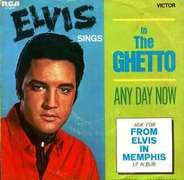
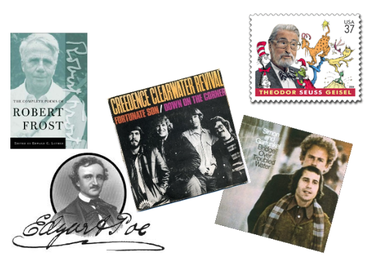
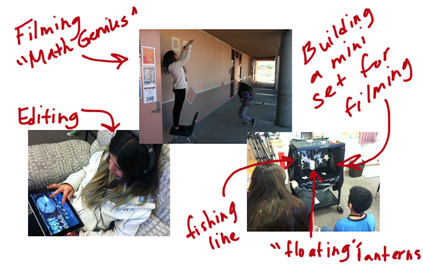
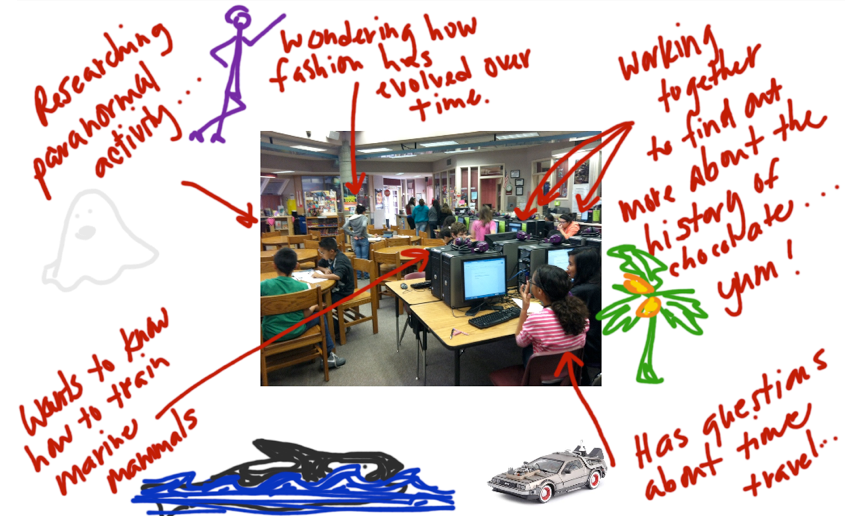

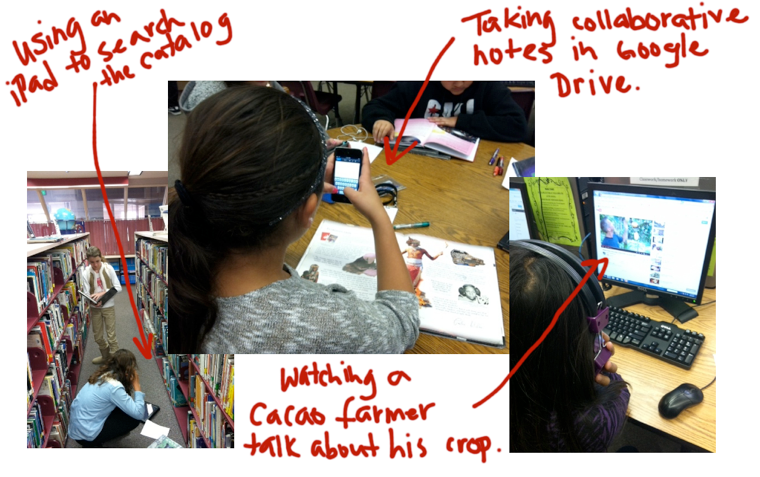
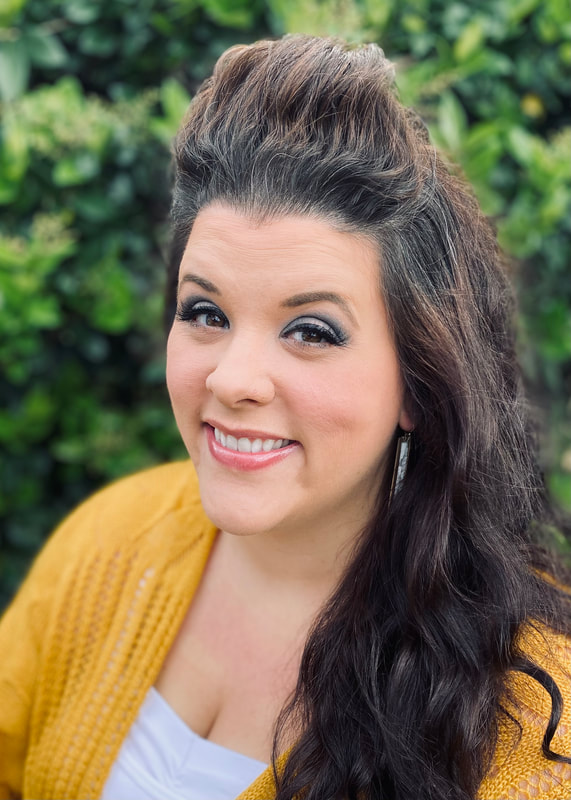
 RSS Feed
RSS Feed